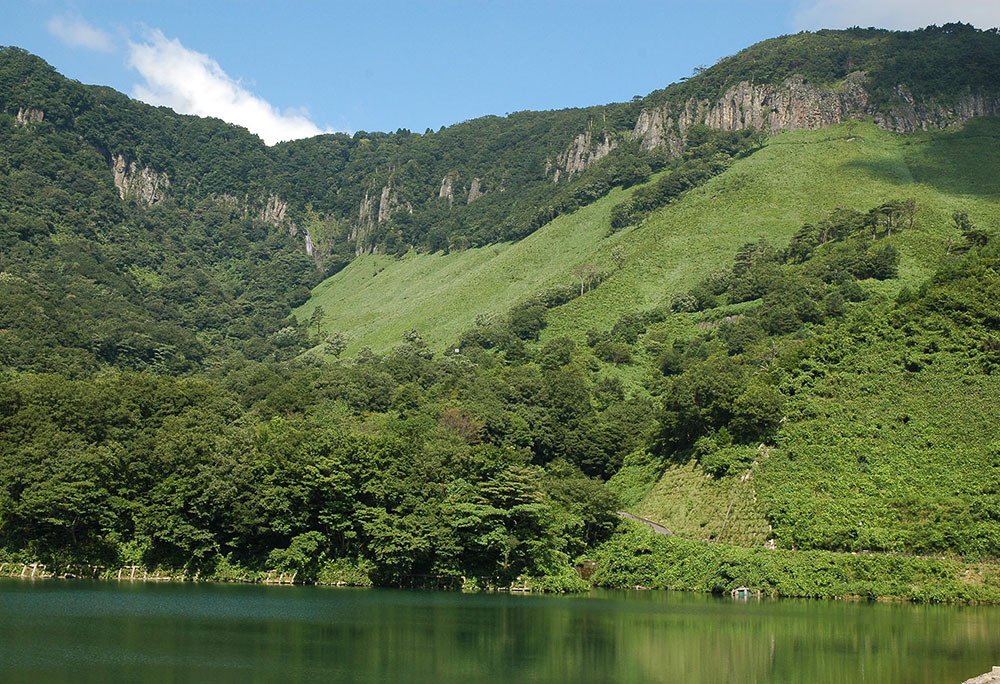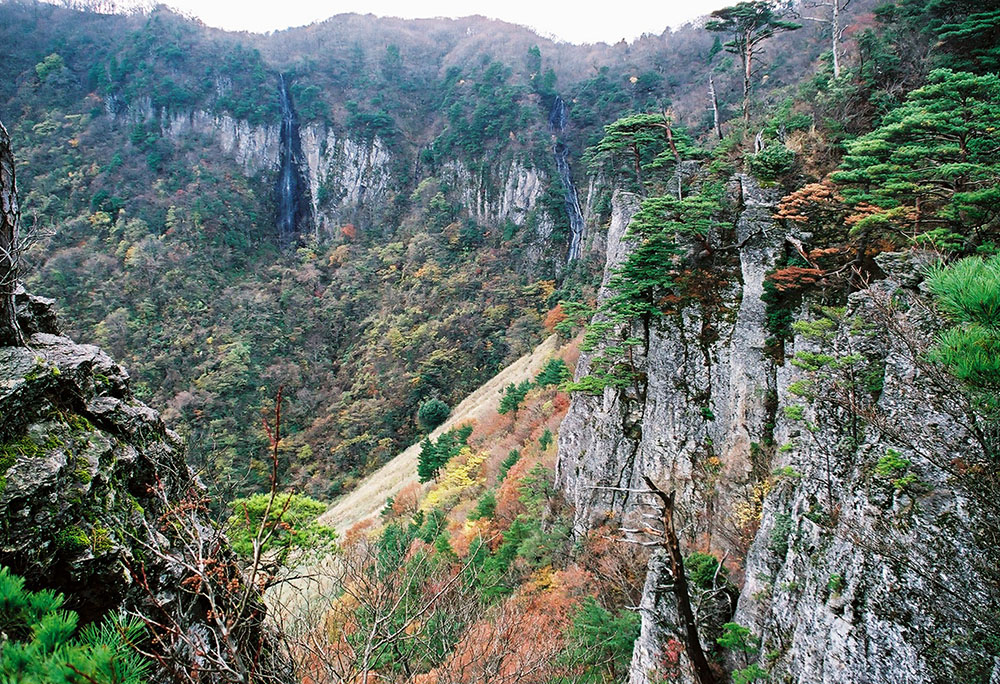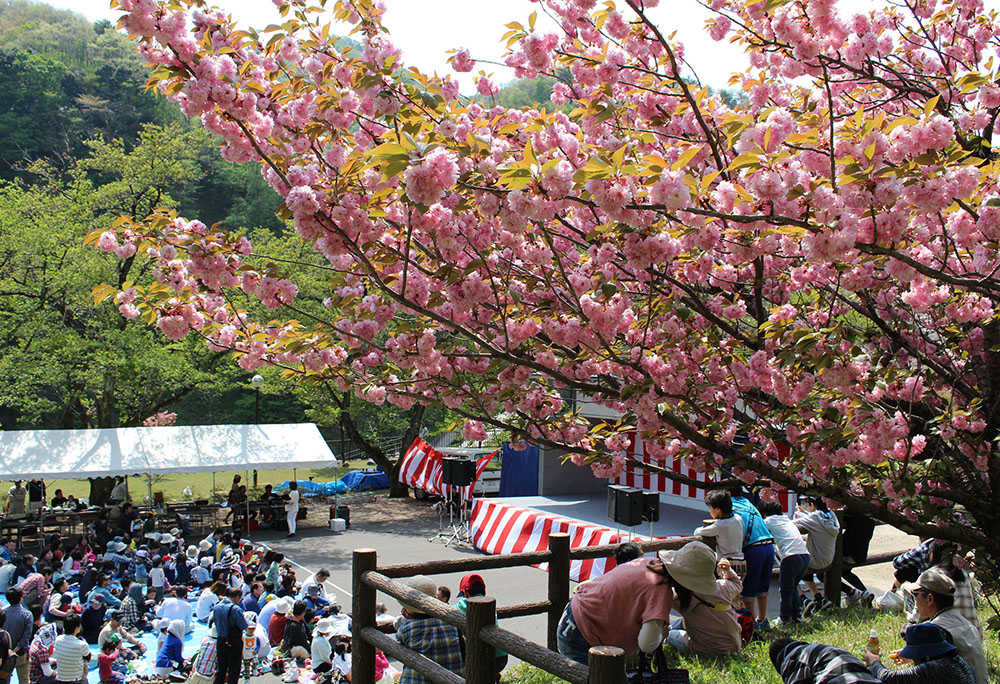
Mountain ascetics have been practicing Shugendo on Mt. Senjo since at least the eighth century. Shugendo is a unique Japanese spiritual tradition that syncretizes elements from Shinto, Buddhism, and animism. Practitioners engage in austerities such as fasting, seclusion, and meditation. Together with Mt. Mitoku and Mt. Daisen, Mt. Senjo was regarded as one of the three sacred peaks of Shugendo practice in this region. In the fourteenth century, the mountain was the stage for an epic battle. After being banished to the Oki islands by the then ruling Kamakura shogunate (1185–1333), Emperor Go-Daigo (1288–1339) escaped to Mt. Senjo, where he raised an army and successfully defeated the shogunate forces. In 1333 the shogunate was toppled, and direct imperial rule was established during the Kenmu Restoration. This Restoration, however, was short-lived, with new military rulers, the Ashikaga shogunate, taking over power in 1336. Military shogunates continued to rule Japan until the Meiji Restoration of 1868. The cliff on the east side of Mt. Senjo were formed one million years ago through a geological process called columnar jointing. Their shape has been likened to traditional Japanese folding screens. The 100 m–high waterfall is a must-see. A cherry blossom festival is held in late April at nearby Mt. Senjo Manbon Sakura Park, when the double-flowered cherry trees are in full bloom. The mountain is also renowned for its spectacular autumn colors.






